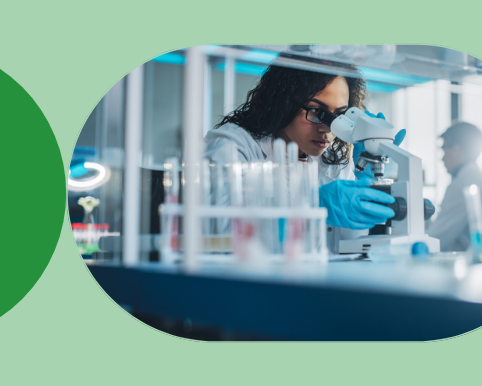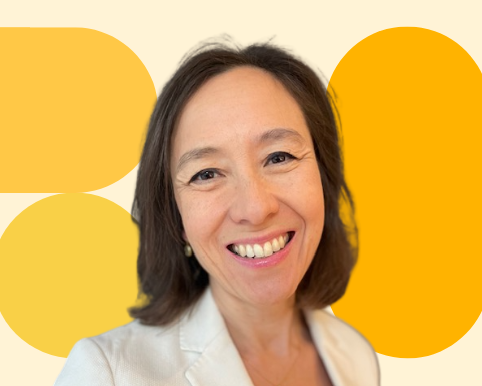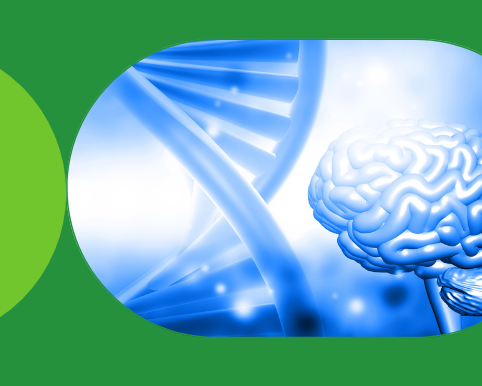100,000 Genomes Project: Highlighting the impact of participant data
By Communications team onGenomics England recently hosted a webinar for participants of the 100,000 Genomes Project. Titled ‘Reanalysis Webinar for Participants’, this was a chance to address some questions from participants about things like how the science and technology at Genomics England are evolving, what impact participant data is having, and our approach to ongoing analysis of participants’ data, as well as other areas. Below is a short overview of these key topics.
The 100,000 Genomes Project – Genomics England's very first initiative – set out to sequence 100,000 genomes from around 85,000 NHS patients affected by rare disease or cancer. The Project, which launched in 2013, is leading to ground-breaking insights and continued findings into the role our genes play in health and disease.
Sequencing the whole genome of people with a rare disease can help identify atypical variants in the genetic code that actually cause diseases. This means we can uncover new diagnoses for people across the broadest range of rare conditions, personalise care for individuals with cancer and rare diseases and give researchers the crucial information they need to develop cutting-edge therapies of the future.
Our participants have already helped us find actionable results for many patients with rare diseases and cancer.
What are some of the big achievements of the 100,000 Genomes Project?
The 100,000 Genomes Project has paved the way for broader activities in the UK and globally. It set out to read the approximately 3 billion letters of the human genome, letter by letter. This is a technique called whole genome sequencing (WGS).
The Project has led to many firsts, including laying the foundations for the NHS Genomic Medicine Service, which is the first national healthcare system to offer WGS as part of routine care. It also led to unique work through the COVID-19 pandemic, where we analysed the whole genome sequences of 30,000 people affected by COVID-19 with our partners at the GenOMICC consortium.
Now, it is helping with the Newborn Genomes Programme, where we’re aiming to sequence the genomes of over 100,000 newborns to look for a specific set of genetic conditions that that affect babies and can be acted on clinically. We are also building from the learnings we have made from the cancer arm of the 100,000 Genomes Project and exploring new technologies in the cancer world to improve prognoses for patients.
As a result, the UK has become the first nation in the world to apply whole genome sequencing at scale in direct healthcare, as well as providing access to high quality genomic data for research aimed at improving patient outcomes.
What’s the science and technology behind it?
Human genomes are 99.9% identical; however, it's differences in the 0.1% which make each of us unique. Using WGS means we at Genomics England can investigate these variants to try and identify genetic changes that might be relevant for healthcare for individual families.
We know some of the relationships between genes, genetic variants and symptoms but there are still many variants of unknown significance (VUS). Some of the differences between us have no relevance in healthcare and are part of making us all individuals, while others can directly impact our health.
We cannot be certain about which variants are harmful until we can compare thousands of genomes and combine these genomes with other scientific knowledge. Many outcomes in the body are also not driven by genetics but are influenced by environmental exposure and lifestyle, etc.
Knowledge of the whole genome sequence may help to identify the cause of some rare diseases and what drives tumours to develop, which helps us discover new diagnoses and possible treatments.
What’s next for 100,000 Genomes Project participants?
We are very grateful to all the participants in the 100,000 Genomes Project for generously donating their data which allowed us to develop the systems, services and research environment that now enable many more diagnoses for be found for families.
Compared with where we were in 2013, we now understand much better which types of diagnosis are difficult to find, and there have been a lot of developments in both science and technology surrounding genomics. We have also learnt a lot about using WGS to identify diagnoses and we are aiming to use these learnings to benefit all the participants in the Project and find new diagnoses for families, regardless of when they joined.
We now have the massive advantage of having everyone’s data in the National Genomic Research Library (NGRL) together. The NGRL is a comprehensive database that enables approved researchers to access de-identified genomic data and health data. This means we can work with all the genomes at the same time and compare data between families to help make new discoveries.
Looking at everyone’s genomes together in a targeted way to identify diagnoses is an ongoing process and the information we are gleaning is being continually returned to NHS clinical teams – a pathway we call ‘diagnostic discovery’.
There are lots of research teams working in the NGRL from academia and industry who are using the genomic and clinical data participants have shared. There are research projects using the data in different ways that will help find new diagnoses now and in the future. Genomics England is also working with the data and collaborating with the research community to ensure that all participants in the 100,000 Genomes Project benefit from the latest developments in science and technology, and increase the number of new diagnoses being found.
The 100,000 Genomes Project remains a landmark “team science” effort globally, and those patients who are contributing to research are both making sure they and their families benefit from research, and also contributing to the whole system learning and improving over time.
To learn more about what impact participant data is having and our approach for finding new diagnoses, you can watch the recording of our webinar on Vimeo.
For answers to the questions asked during the webinar, and others that were submitted but we did not get a chance to answer live, you can download our responses in full here as a Word document.


